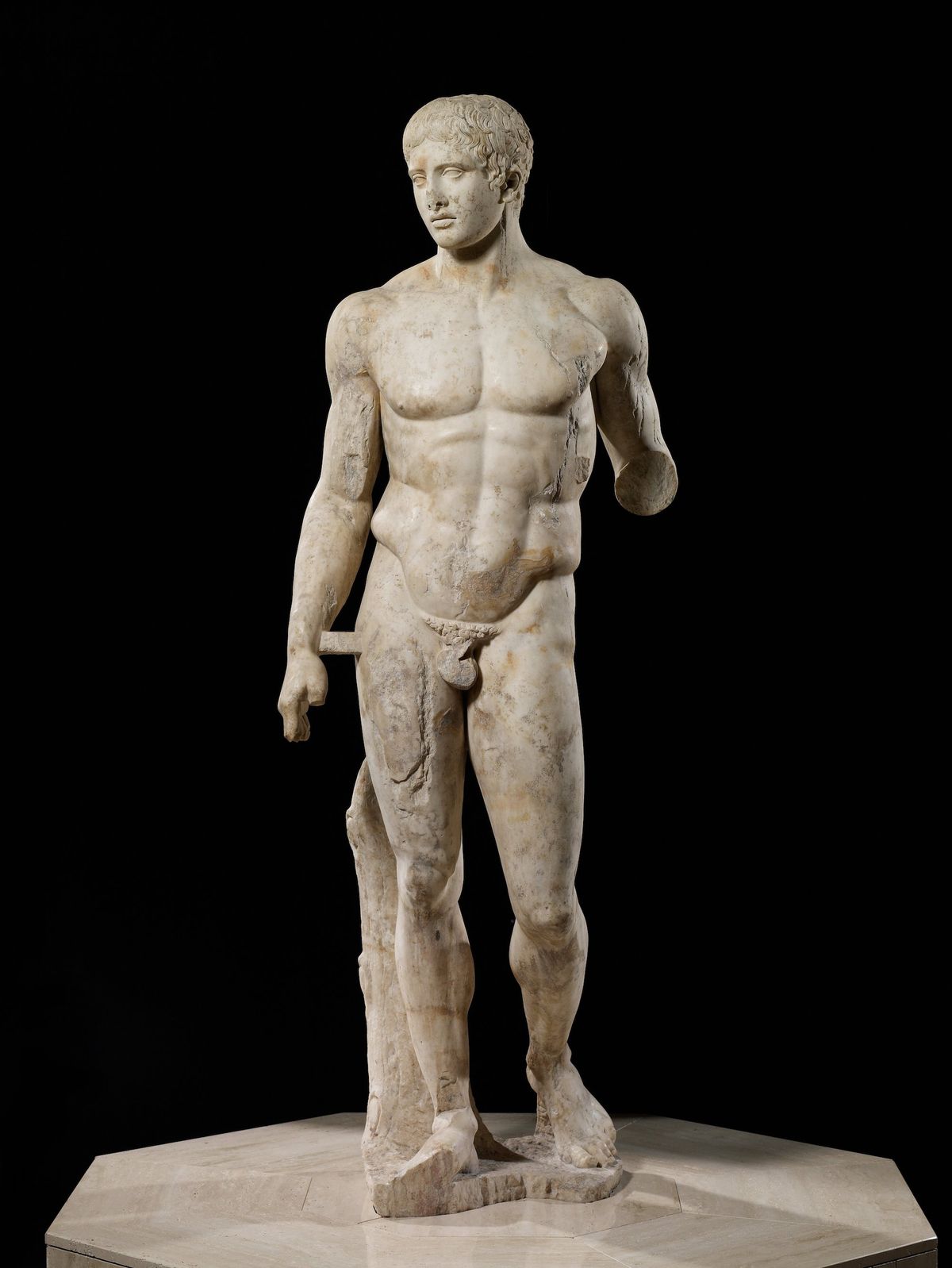An Italian court recently ruled that the Minneapolis Institute of Art (Mia) must return an ancient marble sculpture because it was illegally excavated. The sculpture, a two-metre-tall copy of The Doryphoros (a famous and long-lost bronze from the fifth century BC by the Greek artist Polykleitos) was acquired by Mia in 1986 for $2.5m from a Swiss dealer based in Toronto.
Reports from the time of the acquisition indicate that the unnamed dealer claimed the sculpture had been found off the coast of Italy in the 1930s. However, the recent Italian court ruling suggests that it was actually excavated illegally in the 1970s at the direction of Elie Borowski, the prolific antiquities collector who founded Jerusalem’s Bible Lands Museum and died in 2003. Borowski had ties to a number of antiquities dealers known to traffic in illegally excavated artefacts, including Rober Hecht and Gianfranco Becchina.
The prosecutor’s office in the Tribunale di Torre Annunziata in Naples has reportedly contacted US authorities to assist with the execution of the confiscation decree that has been issued. Gaetano Cimmino, the mayor of the city of Castellamare di Stabia south of Naples near where the statue is believed to have originated, has joined calls for its return with an eye to displaying it in a local archaeological museum.
The sculpture, which dates from between 27BC-AD68, has long been a star attraction at the Mia. At the time of its acquisition, then chief curator Michael Conforti said, “It really is the most important thing in the history of art,” adding that it would “upgrade by ten times [the museum’s] collection of ancient art”. It is a life-size depiction of a nude athlete, a javelin-thrower, though much of the figure’s left arm and the javelin it once held have been lost. It is currently on view in the museum’s ancient art galleries.
In a statement to The Art Newspaper, a spokesperson for the museum said, “We have seen press reports that a court in Naples, Italy, has called for the return of a work of art in the museum’s permanent collection. We have not been contacted by the Italian authorities in connection with the court’s decision. If the museum is contacted, we will review the matter and respond accordingly.”


